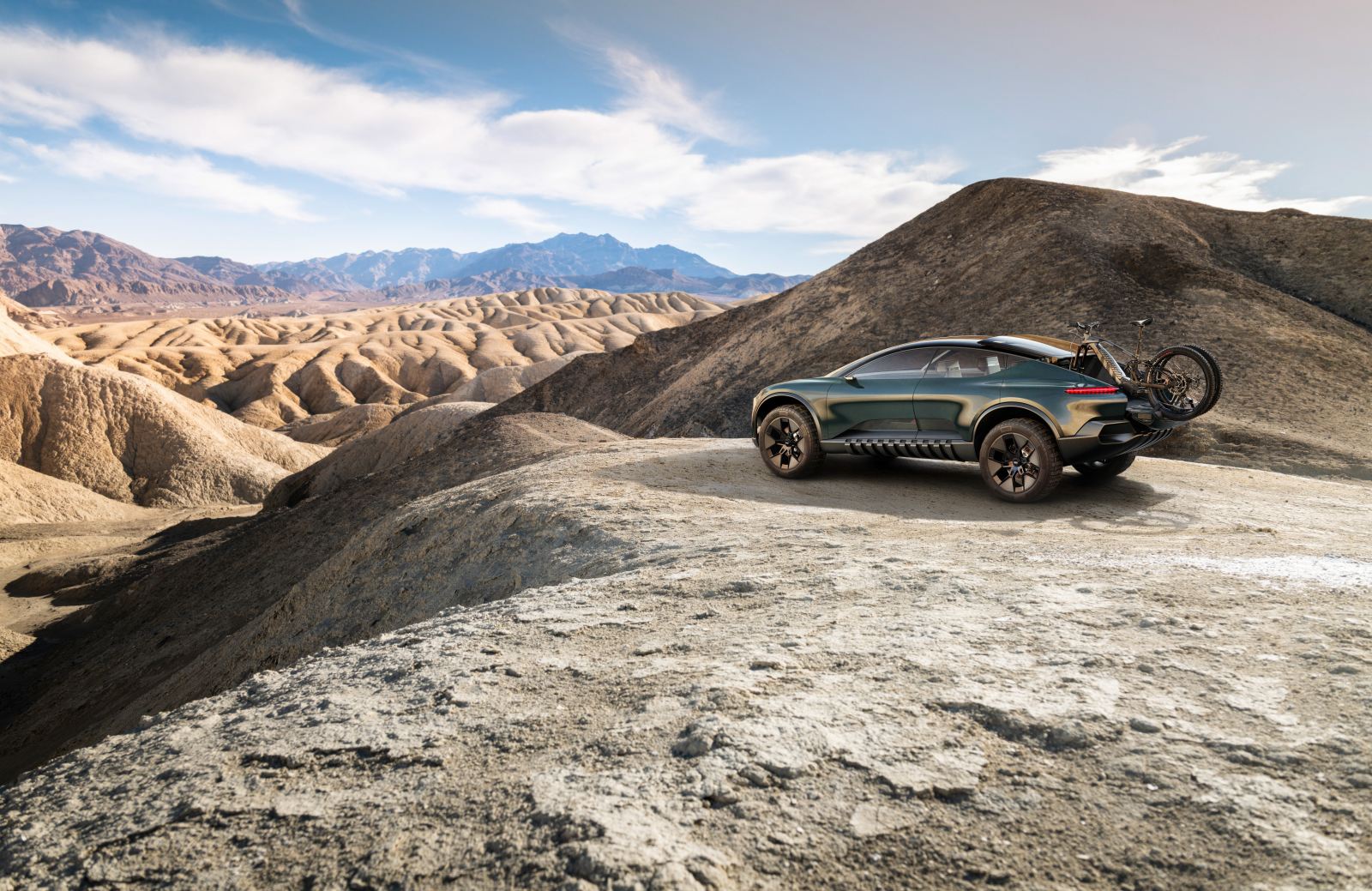In which direction is automotive design developing? This question arises as more and more electric models hit the road. Some say the most beautiful cars that have ever existed. Too classic, others complain. Audi chief designer Marc Lichte has a clear position here. Together with his team, he has been working intensively on the upheaval over the past few months. In the interview, he gives an outlook on how technological change will turn the design of Audi models, and even their design process, upside down.

Question: Mr. Lichte, it was not even six months ago that Audi had the e-tron GT at great expense1 presents. A fully electric Gran Turismo that you said was the most beautiful car that you have ever had the privilege of designing. What can still come?
Marc Lichte: A lot. I would even say: We are only at the beginning. Because what are we currently experiencing? With electromobility, the design of the car has already fundamentally changed. The engine is no longer the visual center of power, but rather the large battery block in the underbody. Then there are the possibilities of digitization and, above all, automated driving. As a result, the automobile will change fundamentally in the next few years. A change that can probably only be compared with the change of epoch that marked the replacement of the carriage by the car.
An enormous technical challenge, that is undisputed. But what does that mean in concrete terms for automotive design?
Lichte: That can be explained very clearly: In its 135 years we have actually always designed the automobile from the outside in. In other words: In the beginning there was the question of which vehicle segment the model should position itself in and which unit it drives. In this way we came to the body concept and thus to the exterior design. Only when everything was fixed did we start designing the interior.
And do you now want to shake this established process?
Lichte: Yes, exactly. Because with automated driving, an elementary point is changing, which up to now seemed unalterable in all cars around the world: In the future, drivers will no longer have to constantly hold the steering wheel in their hands. Without an active driving task, he gains new freedom and can organize his own time. Work, entertainment or relaxation. All of this is possible. And at the same time - without a steering wheel and pedals - we also gain new design options for the interior and - quite banally - more space, a better sense of space. For the users, the interior becomes a personal space, for us designers it becomes the new creative nucleus of the automobile. The design process begins with the question of who should take a seat in a new model and what they would like to do there. A turnaround by 180 degrees: in the future, the car will no longer be designed from the outside in, but from the inside out.
“From the inside out” - this is the motto that other industries and car brands have long since adopted. Why is Audi now also joining this ranks?
Lichte: This is not about a slogan, but about a new basic understanding of individual mobility. An example: Imagine a classic luxury sedan in front - over five meters long, tinted windows and painted black. Where do the customers sit here? In the driver's seat? No, he is sitting in the back on the right, maybe using the rear seat entertainment while the chauffeurs steer the car. But if the driving task is no longer necessary in the future, then it would be much more attractive for customers to take a seat in the first row in a comfortable armchair with a clear view of the outside or to a large on-board entertainment, as you would at home wish. For me this is First Class Traveling.
You mean a trip that was previously reserved for VIP guests on the plane?
Lichte: Yes, although I would rather compare it to a private jet than to a scheduled plane. The time in the car becomes quality time. No more displays, buttons and switches, but a spacious room with a feel-good atmosphere. Something like the third living space, next to the home and the workplace.
The new luxury for the long haul. Nice and good. But is that also the solution for sports car fans, for families, for people in the metropolises?
Lichte: It doesn't have to be. I am firmly convinced that the various vehicle models will differ significantly more from one another in the future. Gone are the days when the automobile was a compromise between many contradicting demands, a kind of egg-laying woolly milk pig. Instead, there will be more and more cars whose entire concept is tailored to a specific purpose or use case. Be it the short distance in the big city or the fast lap on the racetrack.
Sounds like a vision ...
Lichte: Not at all. In 2017 and 2019, for example, we presented the Audi AI: CON and AI: ME concept vehicles. Those were Vision Carswith which we looked ten to twenty years into the future. Now, however, we are working flat out on the implementation in series. We will provide a first example at the IAA in Munich in September with a near-series show car, the Audi grandsphere concept. The name says it all.





